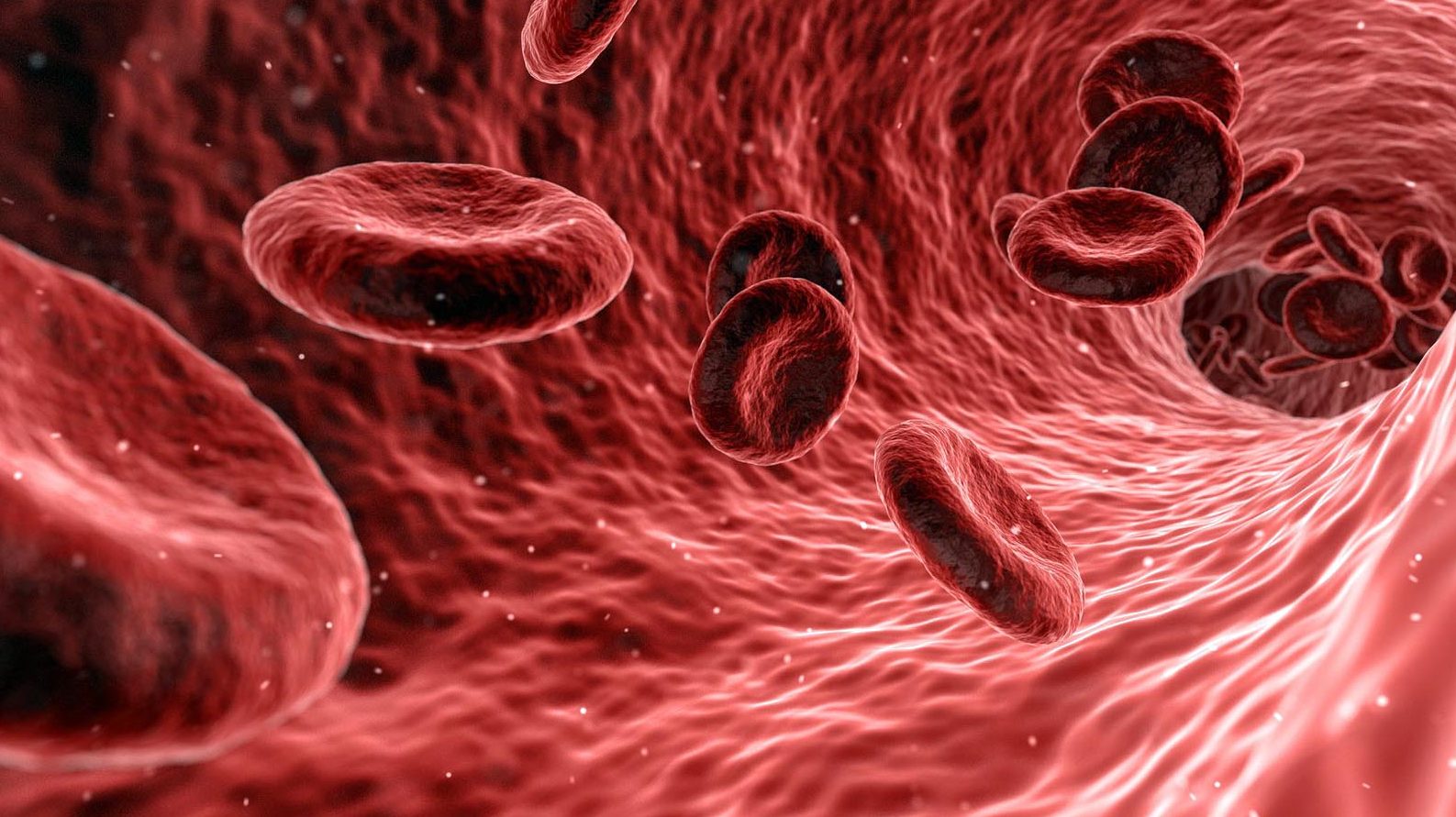Plasma Level Time Curve: Simply Explained
The plasma level time curve is generated by obtaining the drug concentration in plasma samples taken at various time intervals after a drug product is administered. The plasma drug concentration versus time curve is most often used to measure the systemic bioavailability of a drug from a drug product.
Before starting we should know about some terms such as;
Minimum Effective Concentration (MEC), Minimum Toxic Concentration (MTC), Onset Time, Duration of Action, The Time of Peak Plasma Level, The Peak Plasma Level, Area Under The Curve (AUC).
- Minimum Effective Concentration (MEC): The minimum concentration of drug needed at the receptors to produce the desired pharmacological effect.
- Minimum Toxic Concentration (MTC): The drug concentration needed to just produce a toxic effect.
- Onset Time: The time required for the drug to reach the MEC.
- Duration of Action: The difference between the onset time & the time for the drug to decline back to the MEC.
- The Time of Peak Plasma Level: The time of peak plasma level is the time of maximum drug concentration in the plasma & average rate of drug absorption.
- The Peak Plasma Level: The peak plasma level or maximum drug concentration is related to the dose, the rate constant for absorption & the elimination constant of the drug.
- Area Under The Curve (AUC): It is related to the amount of drug absorbed systemically.
Let us consider a graph of Plasma Drug concentration VS time
| Time (hours) | Plasma concentration (mg/l) |
|---|---|
|
0 |
0 |
|
5 |
24 |
|
10 |
18 |
|
15 |
10 |
|
20 |
7 |
|
25 |
4 |
|
30 |
1 |
|
35 |
0 |

IN-VIVO VS IN-VITRO CORRELATION CURVE:
An in-vitro in-vivo correlation (IVIVC) is the relationship between drug release in a dissolution apparatus & how that translates to the amount of drug that enters the bloodstreams following administration.
- In-vitro (within the glass) dissolution: It’s a process of release of drug from dosage form as measured in an in vitro dissolution apparatus.
- In-vivo (within the living) dissolution: It’s a process of dissolution of drug in the GIT.
LEVELS OF IVIVC:
There are three primary IVIVC categories, known as A, B & C (there is also a Multiple Level C). Investigational new drug applications & NDAs used Level A.
Level C can be useful in the early stages of development & is the second most common. Level B & Multiple Level C are comparatively rare.
LEVEL-A CORRELATION:
It is estimated by two step method, de-convolution followed by comparison of fraction of drug absorbed to the fraction of drug dissolved.
- Estimation of the in vivo absorption profile.
- Comparison of fraction of drug absorbed & fraction of drug dissolved in vitro to obtain a linear correlation.
This level is most informative & very useful from a regulatory perspective. The main purpose is to define direct relationship.
| % Drug Dissolved | % Drug Absorbed |
|---|---|
|
10 |
10 |
|
20 |
20 |
|
30 |
30 |
|
40 |
40 |
|
50 |
50 |
|
60 |
60 |
|
70 |
70 |
|
80 |
80 |
|
90 |
90 |
|
100 |
100 |

LEVEL-B CORRELATION:
Level B correlation utilizes the principles of statistical moment analysis. The mean in vitro dissolution time of the drug is compared to either the mean in vivo residence time or the mean in vivo dissolution time. Level B is the least useful for regulatory purpose because it does not reflect the actual in vivo plasma level curves. Also, in vitro data from Level B correlation cannot be used to justify the extremes of quality control.
| MDT in vitro | MDT in vivo |
|---|---|
|
0 |
0 |
|
2 |
2 |
|
5 |
4 |
|
8 |
6 |
|
12 |
8 |
|
16 |
10 |
|
20 |
12 |

LEVEL-C CORRELATION:
Level C correlation represents a single point correlation. One dissolution time point is compared to one mean pharmacokinetics parameter such as AUC, tmax or Cmax.
Weakest level of correlation as partial relationship between absorption& dissolution is established.
| Time | AUC(mcg/ml) |
|---|---|
|
20 |
30 |
|
40 |
45 |
|
55 |
57 |

MULTIPLE LEVEL-C CORRELATION:
Multiple Level C correlation relates one or several pharmacokinetics parameters of interest (Cmax, AUC or any other suitable parameters) to the amount of drug dissolved at several time points of the dissolution profile. Its correlation is more meaningful than that of Level C as several time points are considered.
LIMITATIONS:
- It is limited to a certain drug product. It can be used only that particular formulation.
- Cannot be used across the drug product with different release pattern.
- It is unable to accurately estimate the rate of drug absorption, Cmax, prediction, error will found to be 20%.
